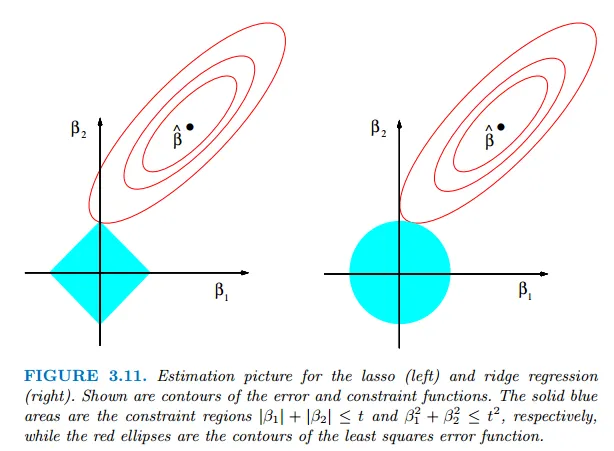Lasso Regression Classifier
Introduction
Lasso Regression, or least absolute shrinkage and selection operator, is a linear regression analysis method that performs both variable selection and regularization. This method was originally formulated by Robert Tibshirani in 1996.
The key feature of Lasso Regression is that it can shrink the coefficients of less important features to exactly zero, which works like a feature selection method. This makes it quite useful in handling high-dimension data where it can provide a sparse solution.

Python Explanation
In Python, Lasso Regression can be easily performed by using sklearn's Lasso function. Here is a basic example:
from sklearn import linear_model
# Create lasso instance
lasso = linear_model.Lasso(alpha=0.1)
# Fit the model
lasso.fit(X_train, y_train)
# Perform prediction
predictions = lasso.predict(X_test)
In the above codes, alpha is the regularization strength. Larger values of alpha increase the amount of regularization and thus decrease the chance of overfitting.
Advantages of Lasso Regression
-
Feature Selection: As mentioned earlier, Lasso Regression performs L1 regularization, i.e., it adds a factor of the sum of the absolute values of the coefficients in the optimization objective. This results in shrinking the less important feature’s coefficient to zero, thus, removing some features altogether.
-
Prevents Overfitting: The regularization property also helps to reduce overfitting by restricting the model's complexity.
-
Simplicity: Lasso Regression can produce simpler and more interpretable models that involve only a subset of the predictors.
Disadvantages of Lasso Regression
-
Cannot Handle Multicollinearity Well: If there are two highly correlated variables, Lasso tends to select one randomly and ignore the other.
-
Stability Issues: A small change in the data can cause a large change in the estimate of the regression coefficients, which in turn can change which predictor variables get ignored.
-
Performance: Lasso may not perform well if there are high levels of noise in the data.
Usage Scenarios
Given its ability to manage high-dimension datasets and prevent overfitting, Lasso Regression can be ideal for scenarios where we have plenty of features, some of which may not be significant. Moreover, it can also be used when we aim for a simple model with fewer features, for example, in scenarios where interpretability is important and we want a sparse, easily-interpretable model.
In general, Lasso Regression should be used when dealing with a large number of features and a complex dataset, especially when feature selection is of interest.
Technically, Lasso Regression is a great tool within the arsenal of a data scientist for model building. However, the nature of the problem and the data should always guide which tools to use.